Super thirsty quartzite help!
heidia
10 years ago
Featured Answer
Sort by:Oldest
Comments (6)
Kitchen_ Reno
10 years agolast modified: 9 years agosedona_heaven
10 years agolast modified: 9 years agoRelated Professionals
Knoxville Kitchen & Bathroom Designers · Broadlands Kitchen & Bathroom Remodelers · Camarillo Kitchen & Bathroom Remodelers · Chicago Ridge Kitchen & Bathroom Remodelers · Honolulu Kitchen & Bathroom Remodelers · Pearl City Kitchen & Bathroom Remodelers · Saint Helens Kitchen & Bathroom Remodelers · Bullhead City Cabinets & Cabinetry · Daly City Cabinets & Cabinetry · Highland Village Cabinets & Cabinetry · Lakeside Cabinets & Cabinetry · Prospect Heights Cabinets & Cabinetry · Reading Cabinets & Cabinetry · Whitney Cabinets & Cabinetry · Woodland Design-Build FirmsVertise
10 years agolast modified: 9 years agoott2
10 years agolast modified: 9 years agoStoneshine
10 years agolast modified: 9 years ago
Related Stories
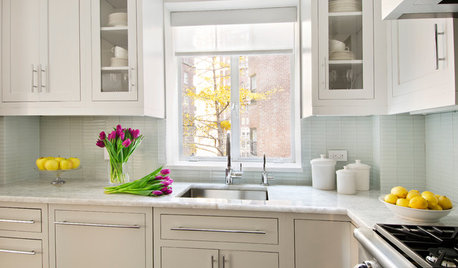
KITCHEN COUNTERTOPSKitchen Counters: Quartzite Offers Strength and Beauty
Eye-catching patterns and a natural pedigree make durable quartzite a popular alternative to granite and marble
Full Story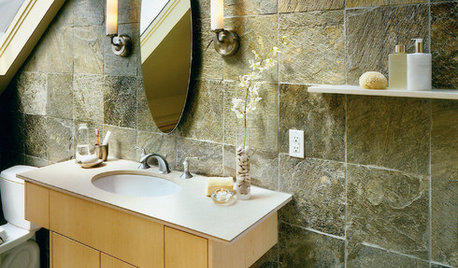
REMODELING GUIDESGet Stone and Ceramic Surfaces Super Clean
Keep your kitchen or bathroom looking as good as on installation day with the right cleaning methods for counters and tiles
Full Story
MOST POPULAR7 Ways to Design Your Kitchen to Help You Lose Weight
In his new book, Slim by Design, eating-behavior expert Brian Wansink shows us how to get our kitchens working better
Full Story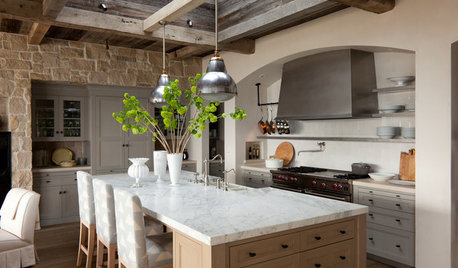
KITCHEN DESIGNHouzz Quiz: What Kitchen Countertop Is Right For You?
The options for kitchen countertops can seem endless. Take our quiz to help you narrow down your selection
Full Story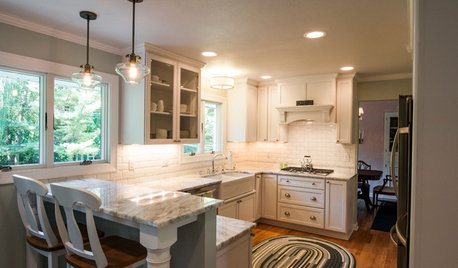
KITCHEN OF THE WEEKKitchen of the Week: 27 Years in the Making for New Everything
A smarter floor plan and updated finishes help create an efficient and stylish kitchen for a couple with grown children
Full Story
PETSHouzz Call: Show Us Your Summer-Loving Dog!
Share a photo of your pooch kicking back in the backyard, helping you in the workshop or enjoying your favorite summer getaway
Full Story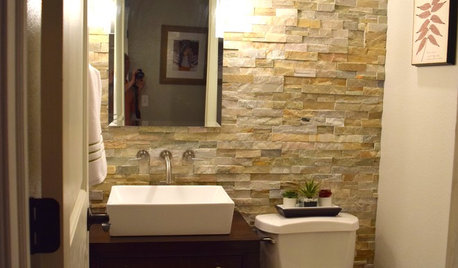
BEFORE AND AFTERSSee a DIY Powder Room Transformation for $1,100
Determination, DIY skill and a stunning tile feature wall helped make this formerly dark and gloomy powder room feel spacious
Full Story
HOUSEKEEPINGWhat's That Sound? 9 Home Noises and How to Fix Them
Bumps and thumps might be driving you crazy, but they also might mean big trouble. We give you the lowdown and which pro to call for help
Full Story
SAVING WATER11 Ways to Save Water at Home
Whether you live in a drought-stricken area or just want to help preserve a precious resource, here are things you can do to use less water
Full Story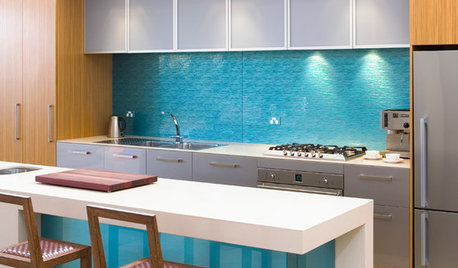
KITCHEN DESIGNHouzz Quiz: Which Kitchen Backsplash Material Is Right for You?
With so many options available, see if we can help you narrow down the selection
Full Story





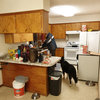
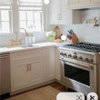


heidiaOriginal Author